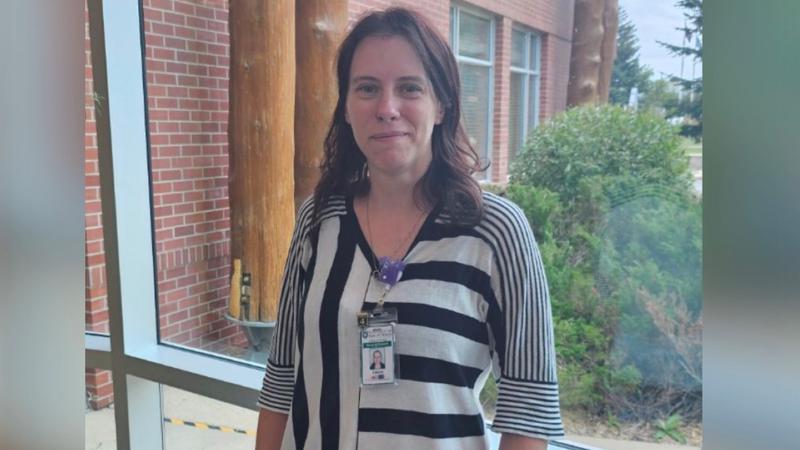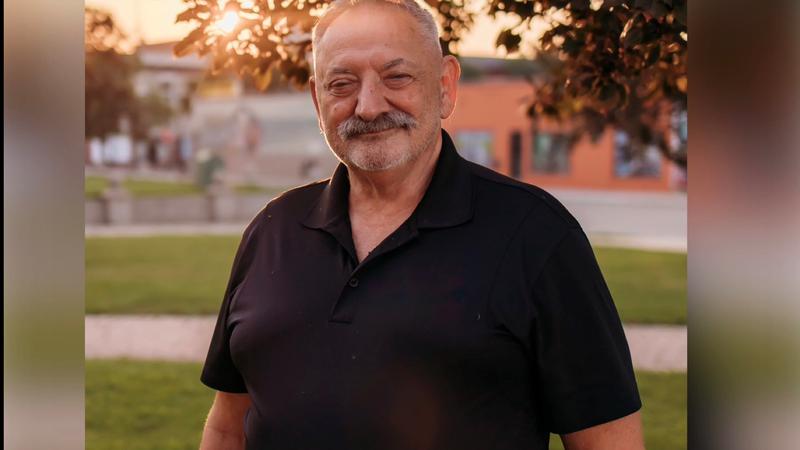
PAGC leadership comments on viral video of chief’s arrest, calls for First Nations-led police force
Leadership from the Prince Albert Grand Council (PAGC) are speaking out on a viral video showing the violent arrest of an Indigenous chief and are calling for a First Nations-led policing service.
The video, which shows RCMP officers arresting Chief Allan Adam of the Athabasca Chipewyan First Nation in Alberta, has come under scrutiny and an internal RCMP investigation on whether excessive force was used. Many Indigenous groups have spoken about the incident, calling for change and alleging the arrest is an example of Canada’s systemic racism in policing, akin to the recent protests against police brutality in the United States.
“We were shocked to see the video of the violent arrest of one of our prominent leaders. We have come a long way in working with the RCMP to establishing positive relationship-based approaches, but this latest incident is yet another indicator that a complete overhaul of the system is a must,” PAGC Grand Chief Brian Hardlotte said in a statement.
Need for overhaul of system


